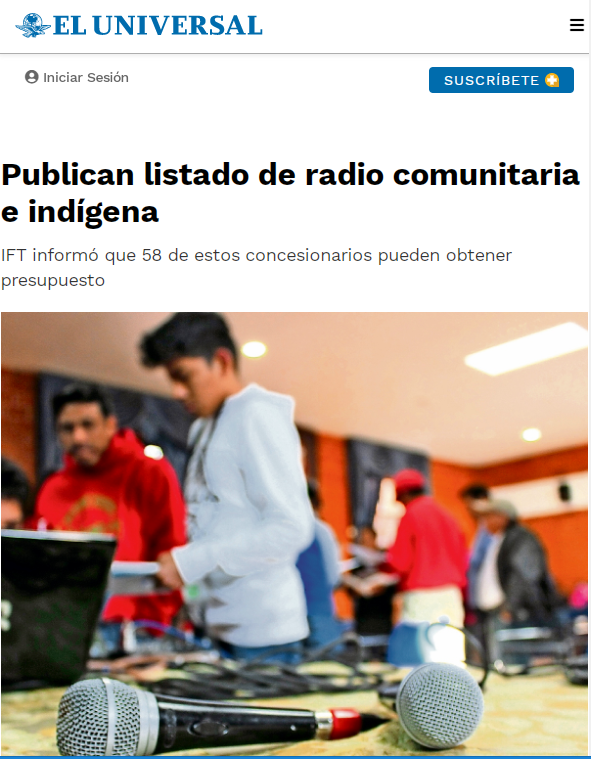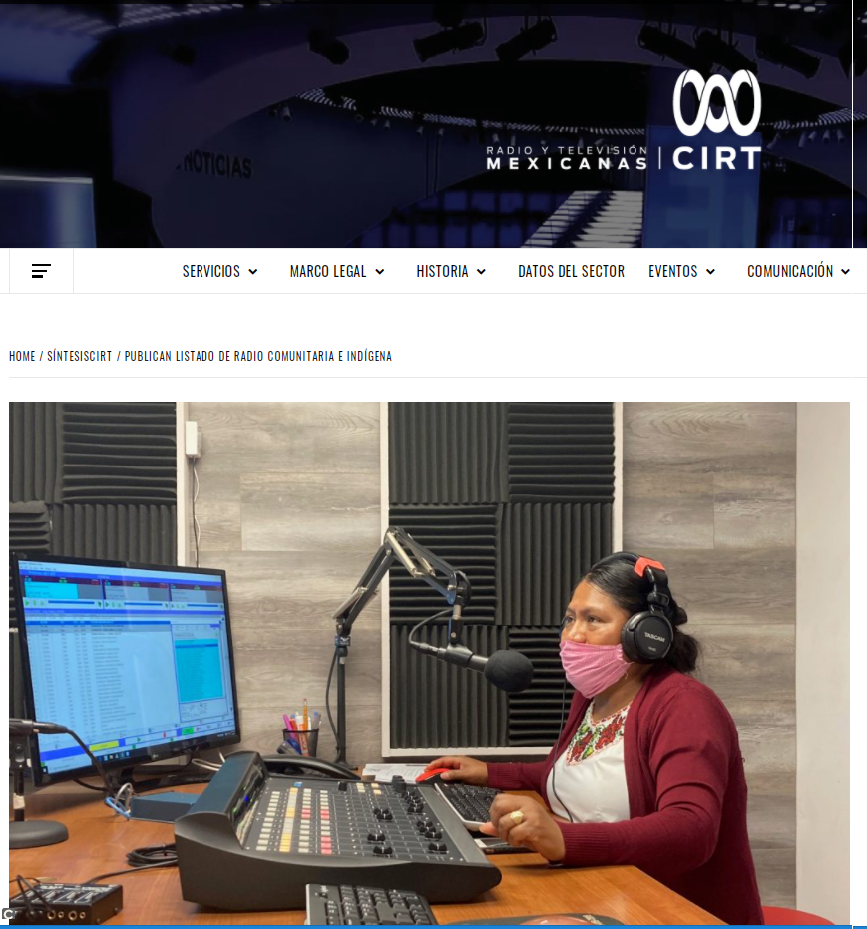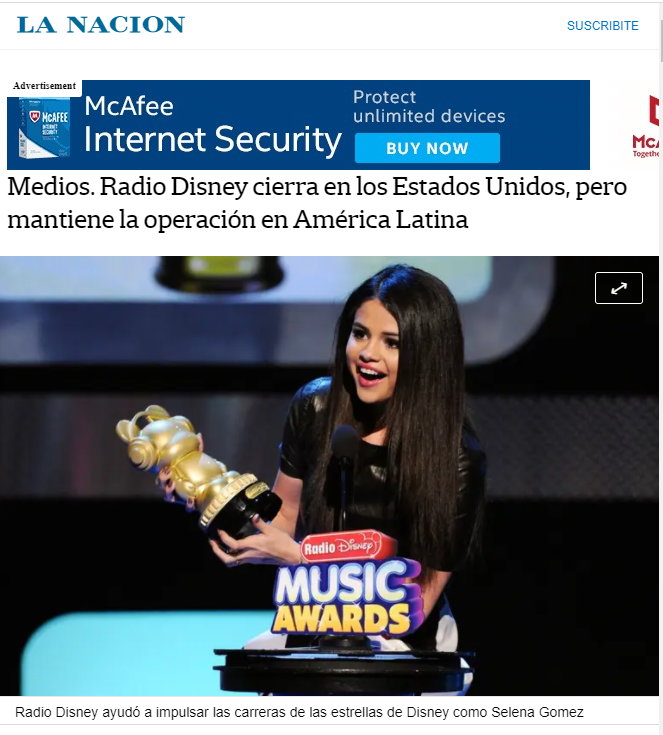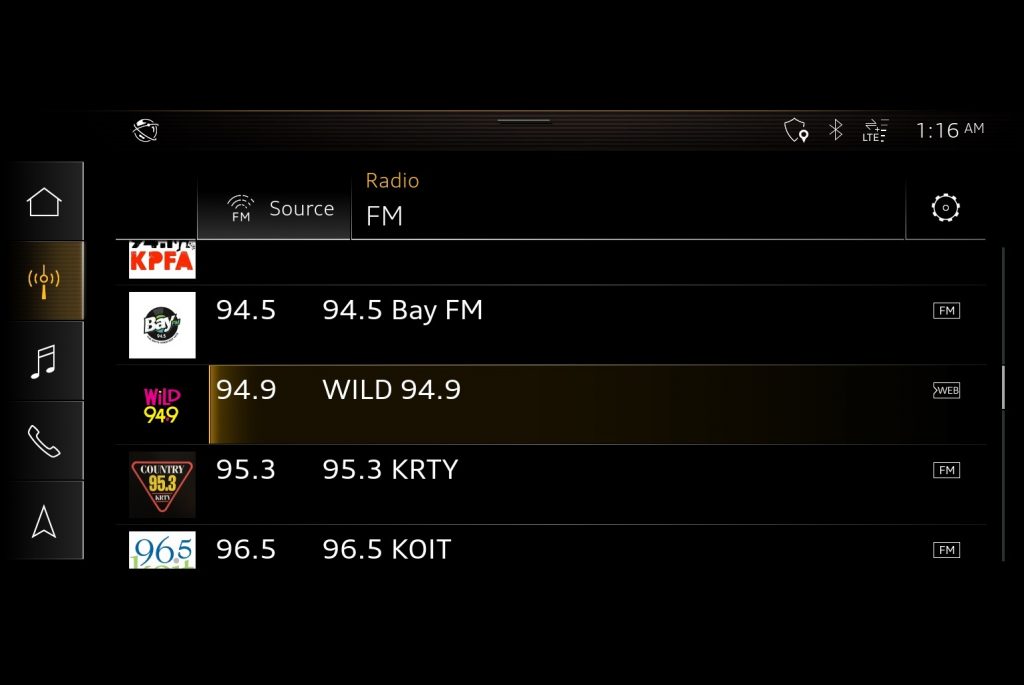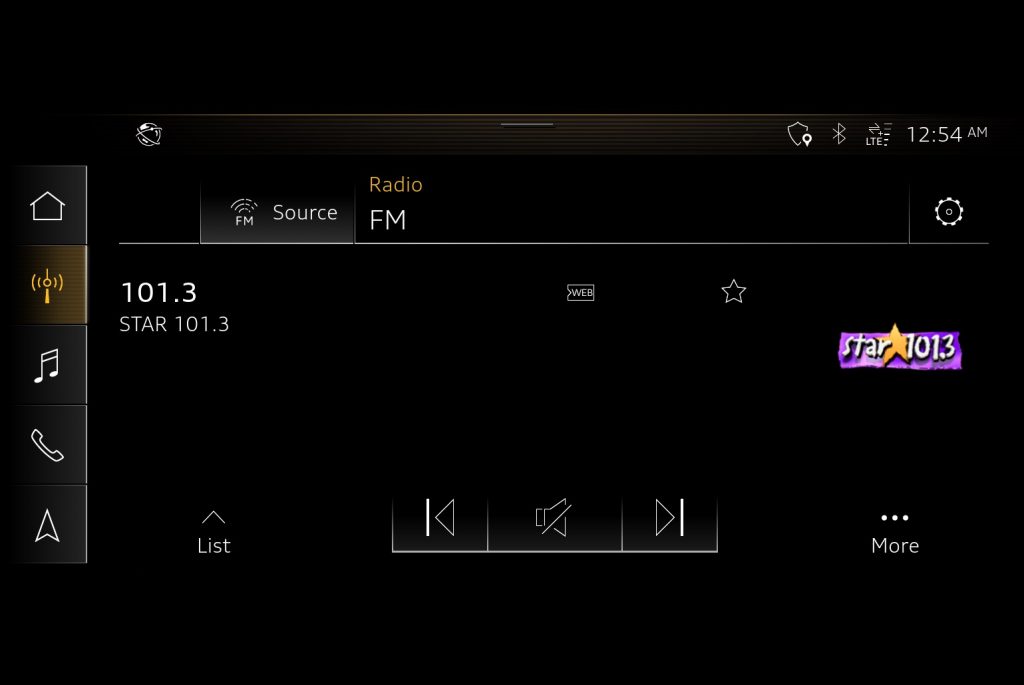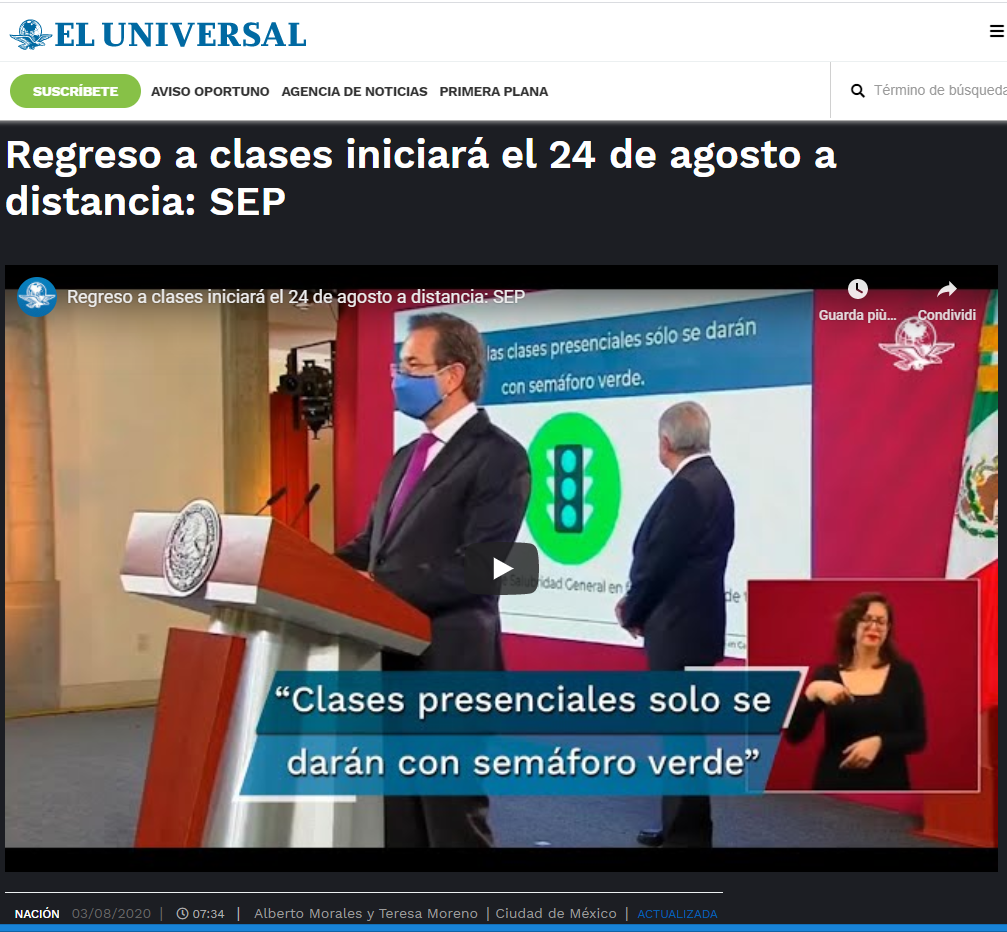
Source
The Central American country is one of the most dangerous in the world for journalists: an estimated 200 have been murdered in the last 30 years, not counting hundreds of attacks and intimidation. To defend them, and to prevent attacks on them and the media from going unpunished, thirteen Mexican media groups have formed an alliance. Its members are: El Universal, Proceso, Cámara Nacional de la Industria de la Radiodifusión (CIRT), Eje Central, El Heraldo, Organización Editorial Mexicana (OEM), La Silla Rota, Publimetro, El Dictamen, Politico Mx, Vanguardia Mx, El Economista y Debate. The association (Alianza de Medios Mx) not only defends, promotes and protects the rights of freedom of expression, but also offers support to file complaints on freedom of expression and requests assistance in case of attacks.



